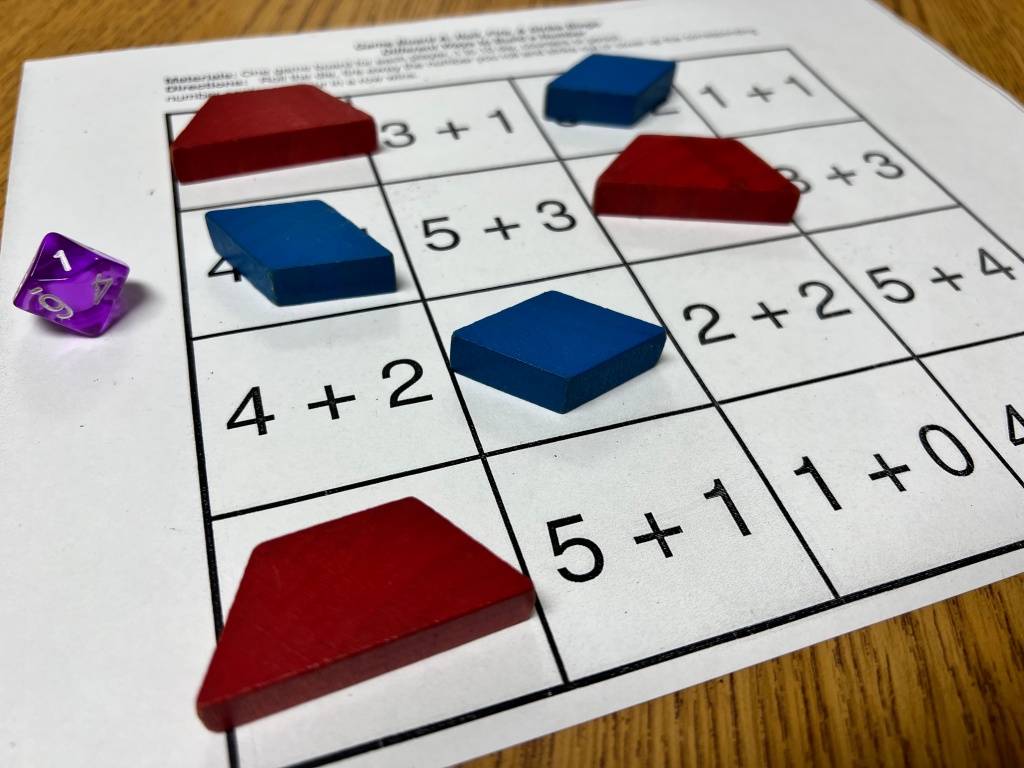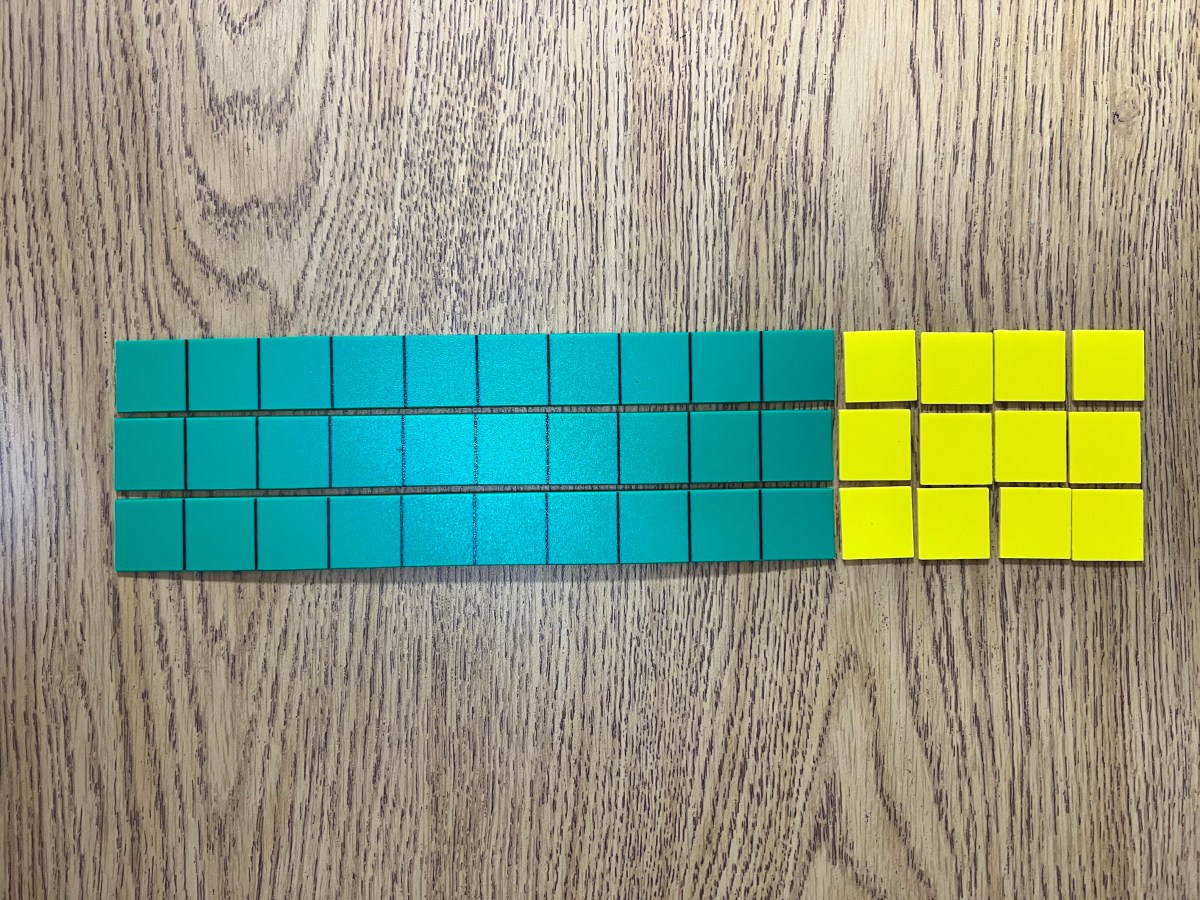Pretend with me for a moment, that you have never seen an apple before in your life. Now pretend that someone has asked you to peel it, but you’ve also never peeled anything before in your life. How do you know what to do to be successful? How will you know when you have been successful?
That in a nutshell is what “success criteria” is. It’s all about letting students know what success looks like, and how they will know that they have met the learning target.
In my mission to examine learning targets and communicate them, I learned that it wasn’t enough to simply display them for students. It STILL wasn’t enough for students to write them in their math journals. My students needed to see the learning target, write it, and then have some sort of interaction with it. This is where I combine this idea of success criteria (Hattie 2012) with Marzano’s Levels of Understanding.
Here is an example of what this can look like. You begin your content lesson by reading the learning target out loud, allowing students time to write it down in a math journal (or some other place to take notes). Notice the learning target starts with “I can”. (It would be just like saying, I can peel an apple.)
I can read and write numbers up to 1,000.
Now some students will have prior knowledge about the learning target, so allowing them a moment to interact and think about this learning target is essential. You can show them (or you can do this orally) what the different levels of understanding look like. Here is what it could be for this particular learning target:

Using success criteria in the classroom can help students understand the outcome of their learning.
I use Marzano’s Levels of Understanding to anchor my thinking (which I blew up and posted on the wall-this is a free resource by the way!) because the students connect easily to the language. After I show them what each level looks like, I have the students rate themselves on the current target. Their goal is always the same every day, get to the next level, get higher and get better.
After this mini intro, I teach the lesson. We practice with tiered examples so that everyone is challenged, we talk it through with each other, we help each other come to an understanding. We break into independent practice work where I can catch the students who still feel like a 1 or 2. Then we close the lesson with an exit slip or an assignment, rating ourselves once again to see where we fall on the scale. I take a look at what they wrote for their final rating and catch those students during the review, intervention block or some recess time the next day.
This seems like a lot of work, and I won’t lie that at first it was for me. It was a different way of thinking. But soon after I started to do this, I noticed that it was easier and easier to think about what a 0-4 looks like. If I ever skipped the rating part, my students would actually shout at me “What does a 3 look like?!” They wanted to know what it would take to be successful! It was very powerful. You may not have time to write it out like this for every lesson, but you can do it orally while referring to the levels on the wall.
This tweak to my instruction was a total game changer. Thank you John Hattie and Robert Marzano for your inspiration!



















